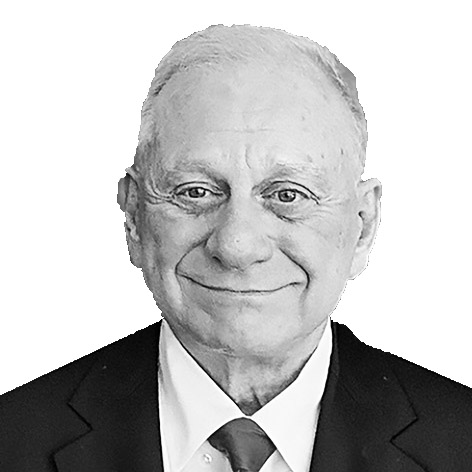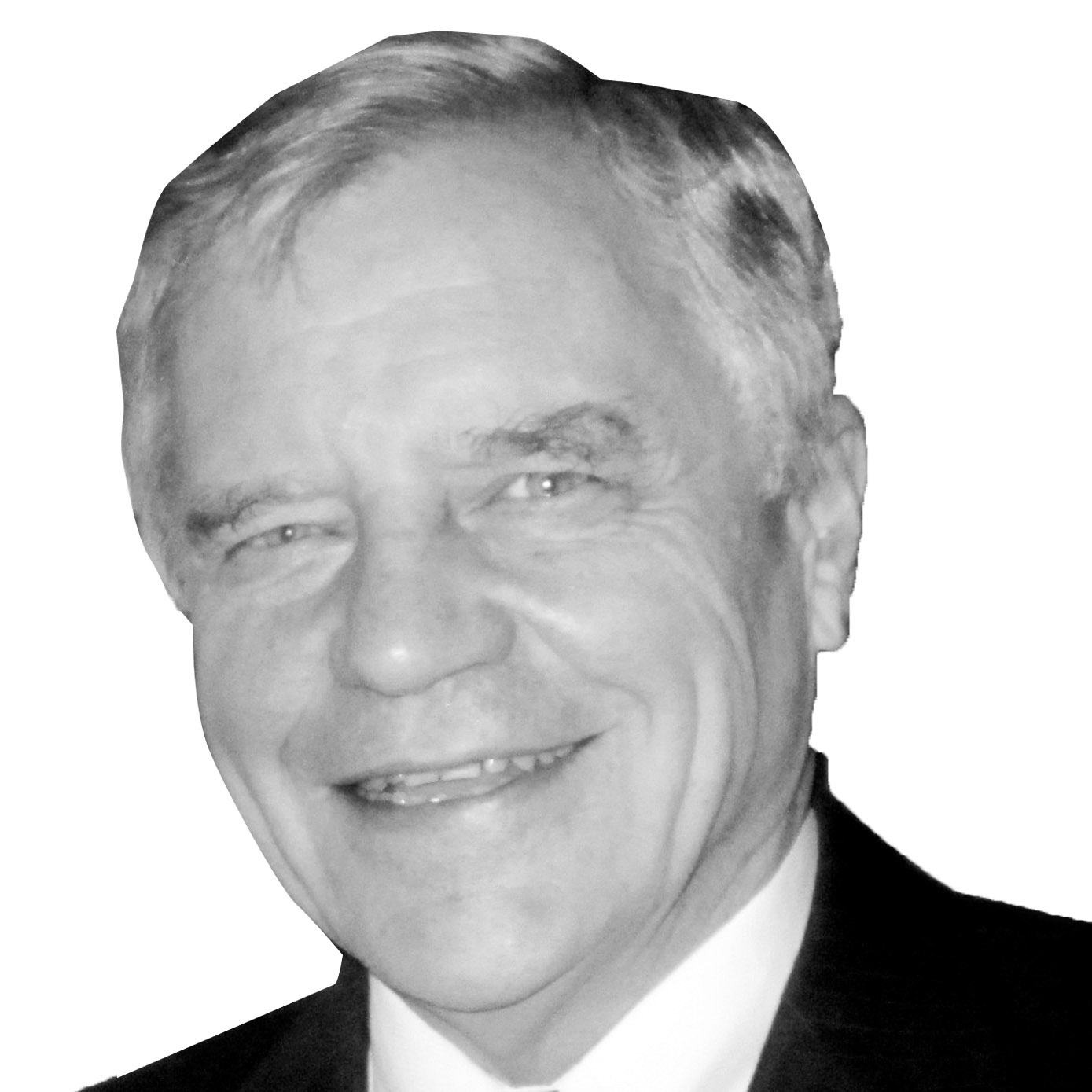A little-known secret of Philadelphia is its two centuries at the center of American espionage. A year before the Founding Fathers met in Independence Hall to draft the Declaration of Independence, several signatories—including Thomas Jefferson, John Adams, and Benjamin Franklin—created a spy network to counter the overwhelming superiority of the British army in the colonies. The seeds that were planted in Philadelphia during the Revolutionary War grew into tangled roots of intrigue through the course of American history. SPY SITES OF PHILADELPHIA (Georgetown University Press) presents 130 accounts of Philadelphia spy operations and spymasters—here is a small taste.
BIRTHPLACE OF AMERICAN INTELLIGENCE OPERATIONS
➤ Independence Hall: 520 Chestnut Street
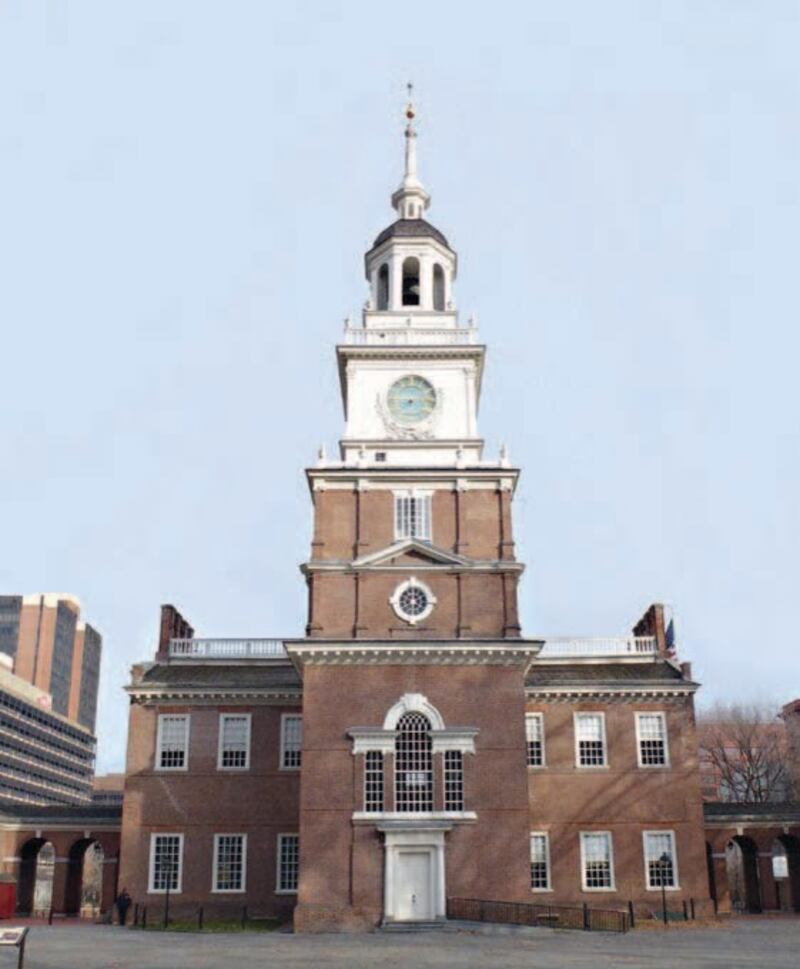
Independence Hall, where America’s first spy organizations were created. The Founding Fathers devoted much time and energy to clandestine operations.
Henry R. SchlesingerConstruction of Independence Hall, originally built as the Pennsylvania State House, began in 1732 and was completed in 1749. During the Second Continental Congress in 1775, the building where the Declaration of Independence and US Constitution were signed also became the birthplace of America’s first congressional foreign intelligence committees.
One of George Washington’s first major expenditures after becoming commander of the Continental Army was from a secret account authorized by the Congress, on July 15, 1775. Washington paid an unidentified individual $333.33 to travel to establish an intelligence network in Boston. Then in June 1776 Congress created the Committee on Spies charged with responsibility for detecting and prosecuting spies. Among the committee members were John Adams, Thomas Jefferson, and James Wilson. Another Committee for Detecting and Defeating Conspiracies, chaired by John Jay, was established in New York. As a result, the first Chief Justice of the Supreme count can also be called the Founding Father of US counterintelligence.
FOUNDING FATHERS AND THE FRENCH SPY
➤ Carpenters’ Hall: 320 Chestnut Street
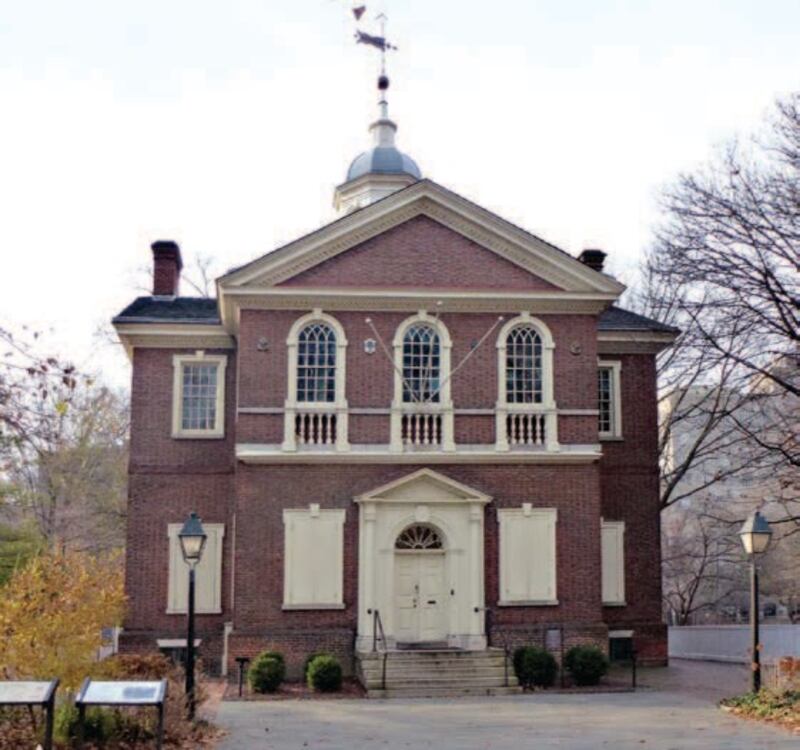
Carpenters’ Hall was the site of clandestine meetings between patriot leaders and an undercover French emissary.
Henry R. SchlesingerCarpenters’ Hall, site of the First Continental Congress, hosted one of the earliest and most important clandestine meetings in the nation’s history. In December 1775, a French envoy, posing as an Antwerp merchant, arrived in Philadelphia. Sent as a secret emissary by France’s foreign minister, the mission of 26-year-old Julien Achard de Bonvouloir was to meet with the American leadership and survey the viability of the colonial rebellion.
Both parties were suspicious of the proposed meeting. The patriots feared British spies were behind the visit, while France wanted to keep a cautious public distance from the colonial rebellion. Eventually, members of the Committee for Secret Correspondence, knowing they would need international support, agreed to meet the mysterious foreign visitor.
Bonvouloir conferred with Franklin, John Jay, and Thomas Jefferson on the second floor of Carpenters’ Hall. Bonvouloir identified himself as a private individual with powerful connections in France rather than as an official government envoy. The patriots asked if the French government would be open to selling desperately needed arms and ammunition. Bonvouloir offered no formal promises but hinted that weapons could possibly be made available from private firms. These secret meetings were the first tentative steps toward France’s crucial assistance for the colonies’ battle for freedom.
FRUITS, VEGETABLES, AND ESPIONAGE
➤ The New Market: South Second Street between Lombard and Pine Streets
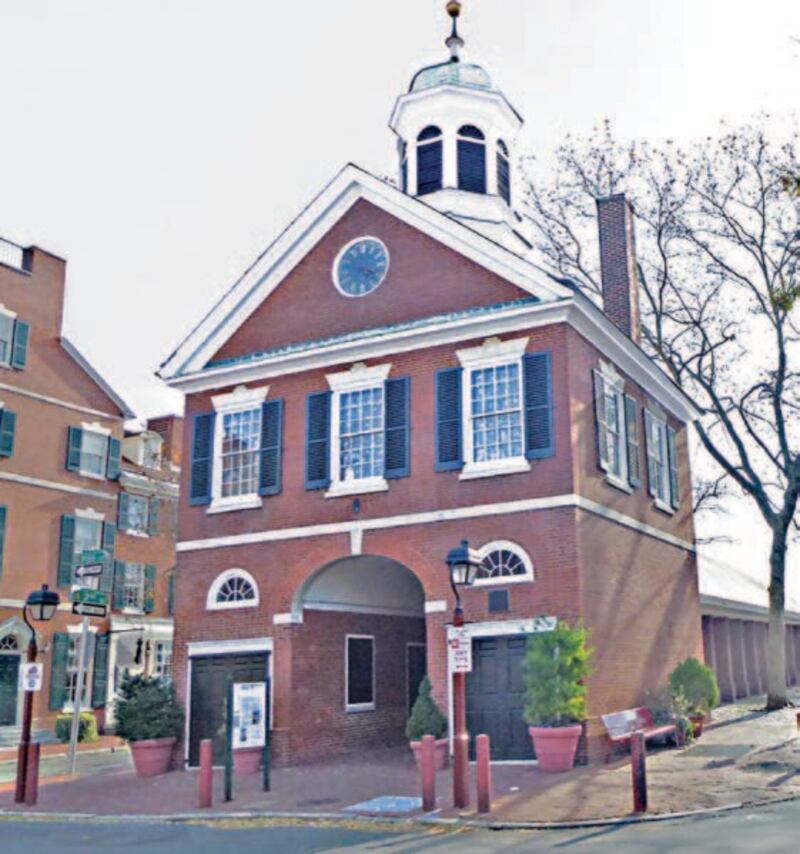
The New Market, was a clearinghouse of Patriot intelligence in and out of Philadelphia.
Henry R. SchlesingerEstablished in 1745, the New Market was a bustling center of Philadelphia commerce. The name distinguished the businesses from the “old” market across the street that did not have stalls housed in a long shed that protected New Market merchants from bad weather.
During the 1777-1778 British occupation of Philadelphia this 18th-century “shopping mall” became a hotbed of espionage. Patriot farmers evaded roadblocks or bribed patrols to bring their goods to town, then used their commercial activity as a cover for spying. Jacob Levering—one of the so-called Green Boys, a loosely organized group of guerrilla fighters and spies—disguised himself as a Quaker farmer and paddled a canoe loaded with produce down the Schuylkill River. Once inside the city, Levering collected intelligence and slipped out again. Washington’s spymaster, Maj. John Clark Jr., provided farmer-spies with stolen passes, allowing them to cross “legally” into British territory.
In another daring operation, Mary Redmond, known as the “Little Black-Eyed Rebel,” developed a network to keep patriots in touch with their families. Working with a farm boy who visited the city to sell produce in the market, she received and passed to local women letters from their husbands and sons in the Continental Army.
KNIT ONE, PURL TWO, SPY THREE
➤ Rinker’s Rock: Fairmount Park, 4231 North Concourse Drive
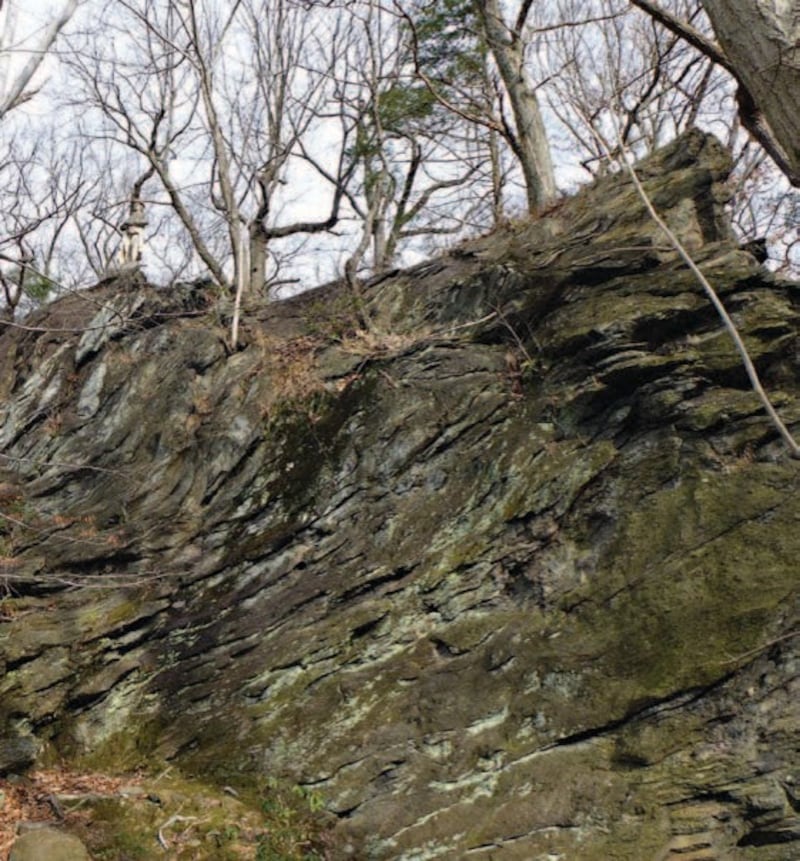
The rock ledge where Ma Rinker would sit knitting and dropping messages to a band of patriot guerrilla fighters.
Henry R. SchlesingerMolly “Mom” Rinker was a Pennsylvania tavern keeper and patriot. According to legend, she perched herself on a flat rock along the Wissahickon Creek not far from the Walnut Lane Bridge and knitted. A passerby would see a middle-aged woman quietly working away with yarn and needles. However from time to time, the wily Rinker would drop a ball of yarn with a written message wrapped in its center; the messages contained intelligence that she collected from Tory conversations she overheard in her family’s tavern and inn. The Green Boys, a Patriot guerrilla band, retrieved and couriered the yarn balls to Washington’s Valley Forge headquarters.
DETECTIVE WORK IS WOMAN’S WORK
➤ Pinkerton’s National Detective Agency office: 45 South Third Street
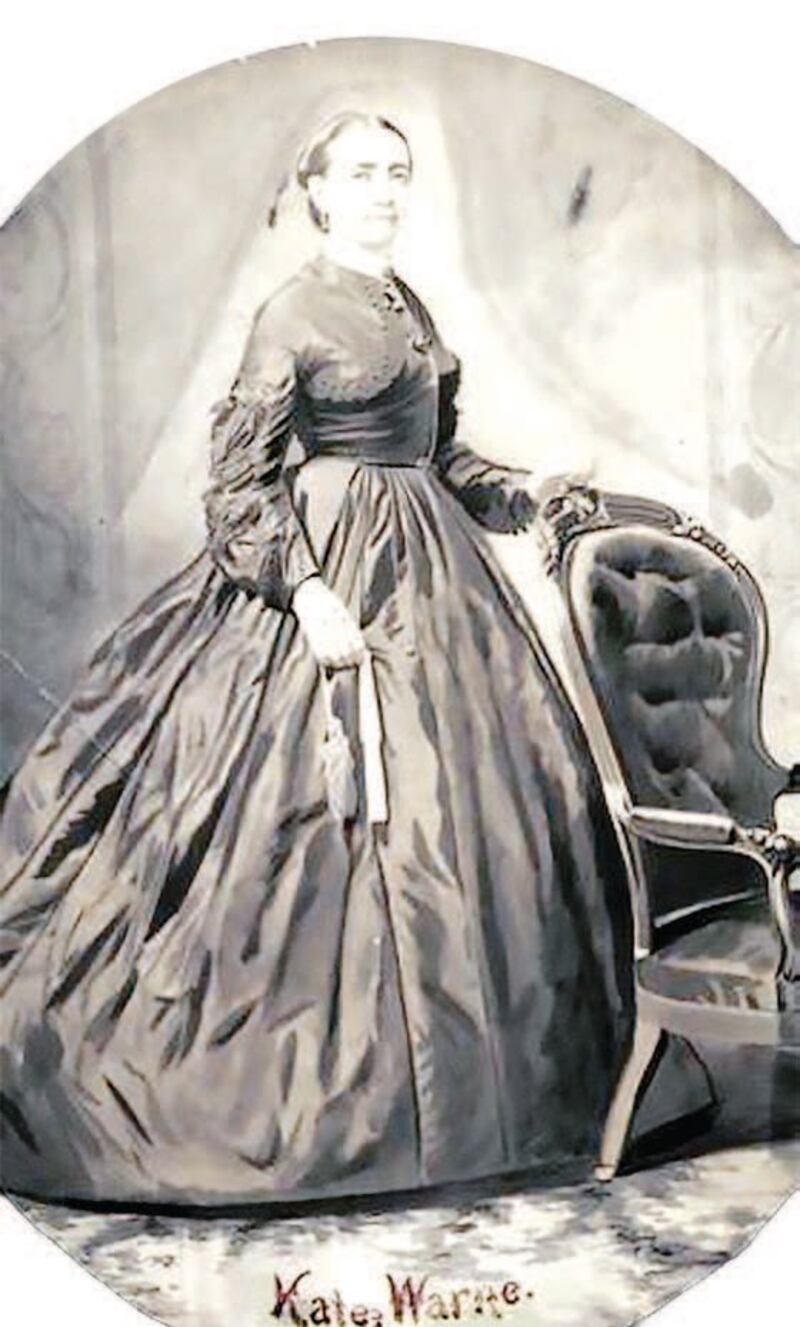
Kate Warne, an employee of the Pinkerton Agency, may be America’s first female detective.
Keith Melton & Robert WallaceAllan Pinkerton, Chicago’s first police detective, was a staunch abolitionist and supporter of the Union cause. In 1860 Pinkerton assigned five agents to investigate threats against the Philadelphia, Wilmington, and Baltimore Railroad by secessionist sympathizers. Among the Pinkerton agents was Kate Warne. In early 1861, using the aliases of Mrs. Cherry and Mrs. M. B. Barley, Warne infiltrated the Baltimore secessionist movement under the cover story of a visiting Southern lady. With a thick Southern accent complementing a readiness to flirt and a mischievous twinkle in her eye, she was welcomed into secessionist social gatherings. The combined work of Warne and other Pinkerton agents uncovered a plot to assassinate President-elect Abraham Lincoln during his trip to Washington for his inauguration.
As Lincoln’s train rolled from Philadelphia to Baltimore to Washington on the night of February 22, 1861, Warne did not sleep a wink. She remained in Baltimore as a precaution while watching the president’s train depart for the capital. According to legend, Pinkerton came up with the slogan for his agency “We Never Sleep” as a result of Warne’s sleepless night guarding Lincoln.
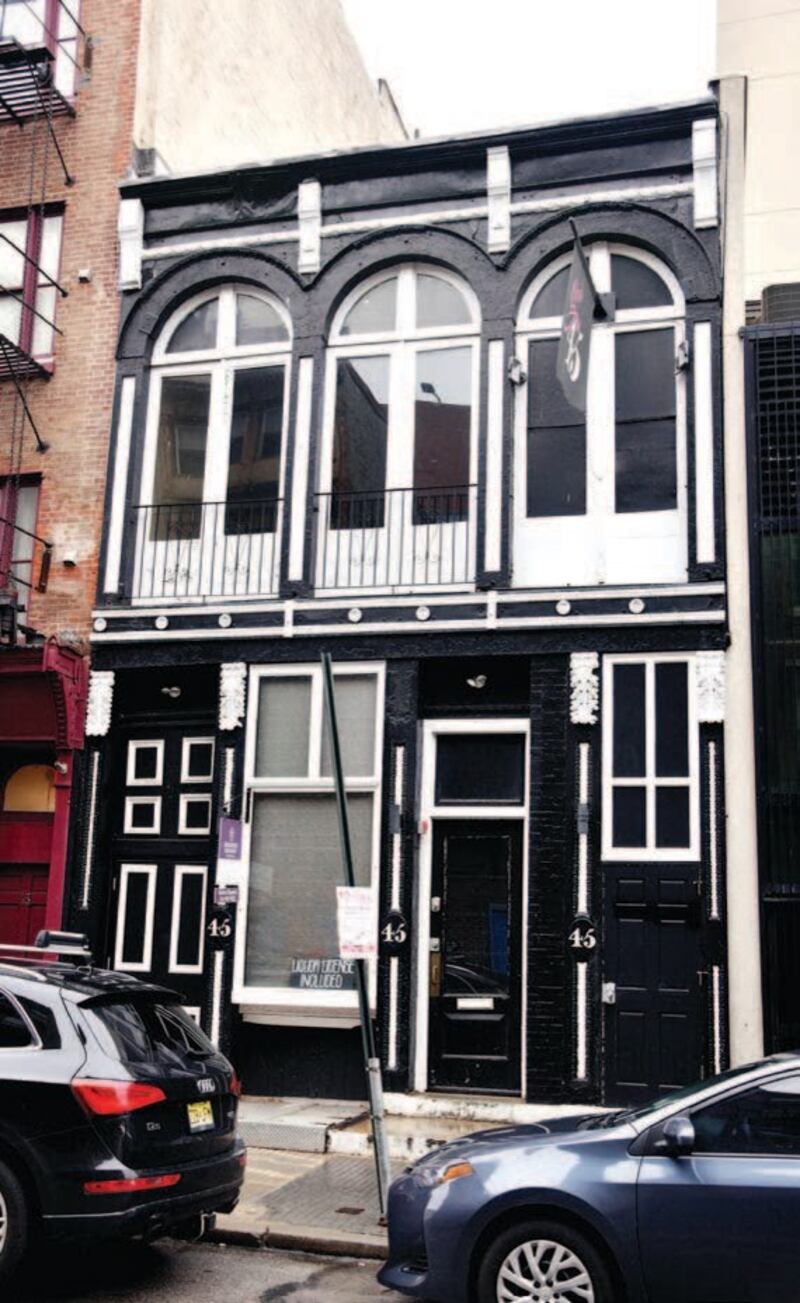
The famed Pinkerton’s Detective Agency maintained an office on South Third Street.
H. Keith Melton & Robert WallaceWhen the Civil War ended, Pinkerton opened a Philadelphia office at 45 South Third Street. Warne, his superintendent of detectives, was promoted to head the Female Detective Bureau. However, at the young age of 38, she caught pneumonia and died in 1868. In his memoirs Pinkerton named Warne one of the five greatest detectives he ever employed.
UNDERGROUND RAILROAD INTELLIGENCE
➤ Belmont Mansion: 2000 Belmont Mansion Drive
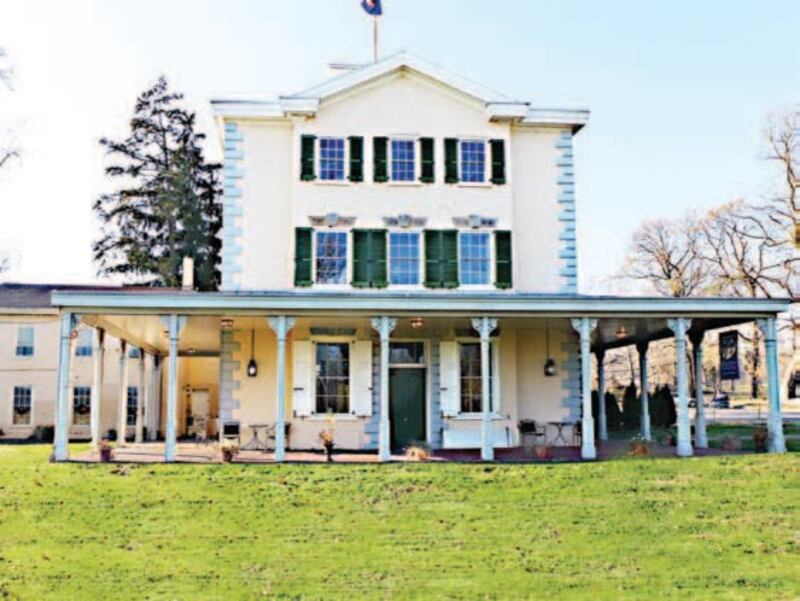
Runaway slaves moving north through the Underground Railroad were valuable sources of Civil War intelligence for the Union. Called contraband informants because of their status in Southern states as property, the runaways provided Union generals, such as Joseph Hooker and
George McClellan, with first-person information about the South. Confederate general Robert E. Lee recognized the value of their intelligence when he wrote, “The chief source of information to the enemy is through our Negroes. They are easily deceived by proper caution.”
An important safe house or station for the escaping slaves along the Underground Railroad in Philadelphia was the Belmont Mansion, now home to the Underground Railroad Museum.
Only relatively recently have the contributions of African Americans to Civil War intelligence efforts come to public attention. Among those is that of Mary Touvestre, a freed slave who worked in Norfolk, Virginia, as a housekeeper for an engineer. After overhearing conversations regarding the retrofit of the USS Merrimack into an ironclad capable of breaking the Union blockade, she stole the technical plans and delivered them to military officials in Washington. In another example, John Scobell, a freed slave from Mississippi, posed as a servant working with Allan Pinkerton’s operatives Timothy Webster and Hattie Lawton. Scobell elicited intelligence information through his access and acceptance to black communities that would have been impossible for his white counterparts to obtain.
A TREASURE TROVE OF CRYPTOGRAPHIC HISTORY
➤ University of Pennsylvania, Van Pelt Library: 3420 Walnut Street
One of the largest collections of rare and antiquarian books on cryptography resides in the University of Pennsylvania Library. The books, pamphlets, and other writings were a donation from Charles J. Mendelsohn, a cryptographer and graduate of University of Pennsylvania where he earned a PhD in classics in 1904.
While teaching at the College of the City of New York during World War I, he joined the Censorship Division of the US Post Office and was recruited into Military Intelligence, Section 8, the US Army’s code-breaking division. At war’s end Herbert Yardley founded the Cipher Bureau where Mendelsohn collaborated on a number of business codebooks with Yardley.
Through the 1930s, Mendelsohn continued his love of cryptography, published papers on classic codes, and collected rare texts on the subject. He was called back to government service as World War II loomed but died on September 27, 1939, just a few days prior to reporting for active duty.
CHEMIST, INVENTOR, AND SPY
➤ Ben Franklin Hotel (now the Franklin Residences): 834 Chestnut Street
In the decade prior to World War II, the USSR coveted advanced technology available in the US. Soviet spies targeted the University of Pennsylvania’s world class biological research faculty and in particular Earl W. Flosdorf, who pioneered a method to freeze-dry blood plasma. The process represented a significant advance in battlefield medicine.
Flosdorf, a collector of expensive antique cars, was recruited, met his handlers at the Ben Franklin Hotel, and was paid secretly by the Soviets from 1936 through 1938. Assigned the code name OUTPOST, he may have received as much as $25,000 for providing the Soviets with a device that could freeze-dry materials for biological weapons.
THE REAL INDIANA JONES?
➤ University of Pennsylvania Museum of Archaeology and Anthropology: 3260 South Street
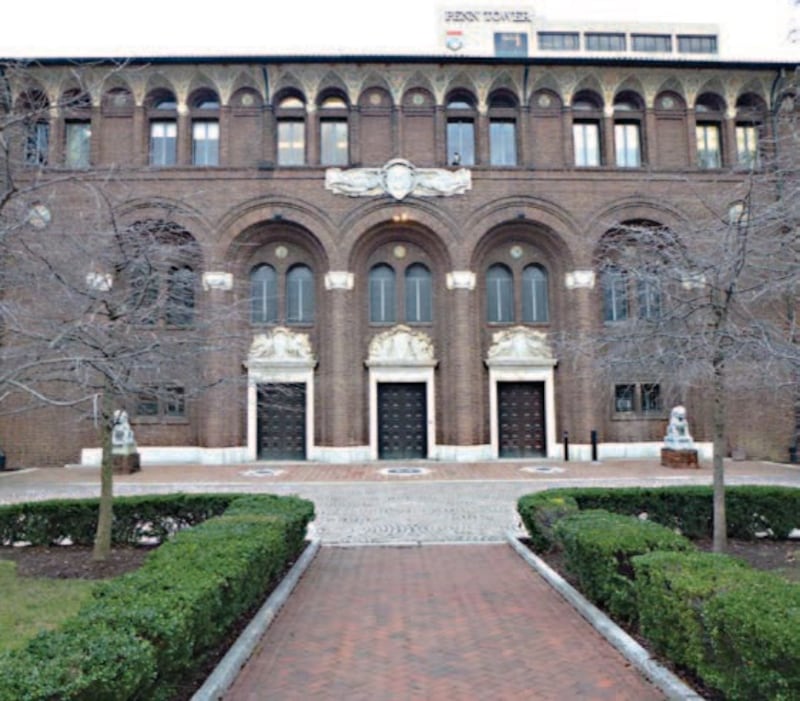
Rodney S. Young, archaeologist and spy, was the curator of the Mediterranean Section of the University of Pennsylvania Museum of Archaeology and Anthropology.
Henry R. SchlesingerIndiana Jones, a swashbuckling academic and archaeologist who battled Nazis, thrilled moviegoers with daring deeds and narrow escapes. But was there a real-life Indiana Jones? The adventures of Rodney S. Young and his fellow archaeologists come close. Young joined the spy world with an Ivy League education with a specialty in Near Eastern archaeology and spent years at excavations in Greece. At the start of World War II, he volunteered as an ambulance driver. Wounded during an air raid, he returned home to work for the Office of Strategic Services and oversaw operations from 1944 to 1945 as head of the OSS Greek Desk.
Young is credited with participating in scores of missions throughout the region that involved intelligence gathering, sabotage, exfiltration, and support of guerrilla fighters. He worked with several other American archaeologists, including John Franklin Daniel III from the University of Pennsylvania.
After the war, Young worked at the Mediterranean Section of the University of Pennsylvania Museum of Archaeology and Anthropology, but rarely spoke of his wartime exploits.
Young was not the only Indiana Jones candidate from Philadelphia. To his students at the University of Pennsylvania, Carleton Stevens Coon was a mild-mannered anthropologist with a background that stretched back to Harvard and fieldwork throughout North Africa. Recruited by the OSS, Coon collected tactical intelligence on enemy communications and transportation. He recruited resistance fighters to wage guerrilla warfare in North Africa and designed plastic explosives molded in the shape of mule dung that were scattered along desert roads to disable German vehicles.
What made archaeologists particularly attractive candidates as spies was their knowledge of local languages, customs, and terrain. In contrast to American tourists, whose interests were primarily in visiting foreign capitals, archaeologists possessed detailed, hard-earned knowledge of remote outlying areas that often proved vital to war planning.
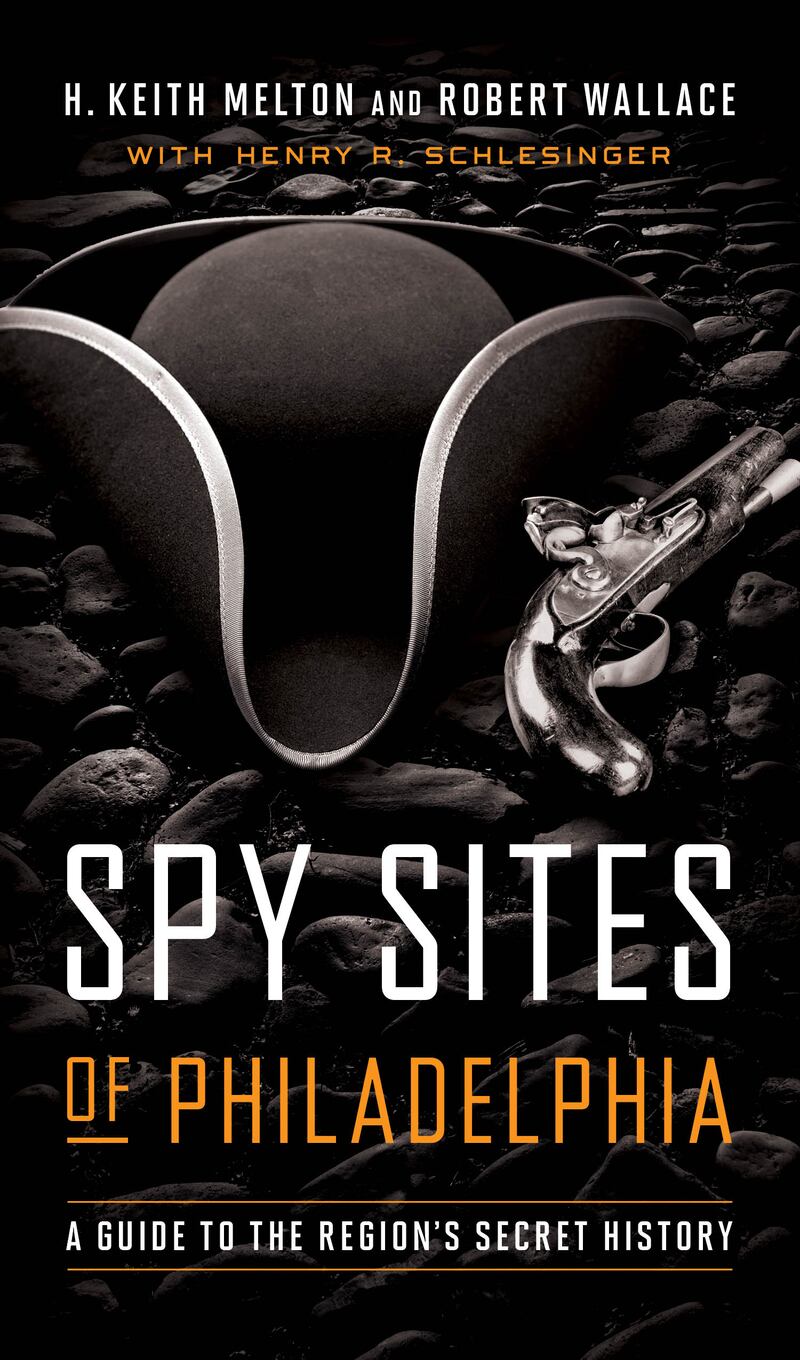
H. Keith Melton is an internationally recognized intelligence historian and authority on espionage technology. Robert Wallace is the former director of the Central Intelligence Agency's Office of Technical Service, founder of the Artemus Consulting Group, and contributor to the CIA's Center for the Study of Intelligence. Melton and Wallace have co authored numerous books, including Spy Sites of Philadelphia, Spy Sites of Washington, DC, and Spy Sites of New York City. They are also executive producers of the Netflix series Spycraft.

